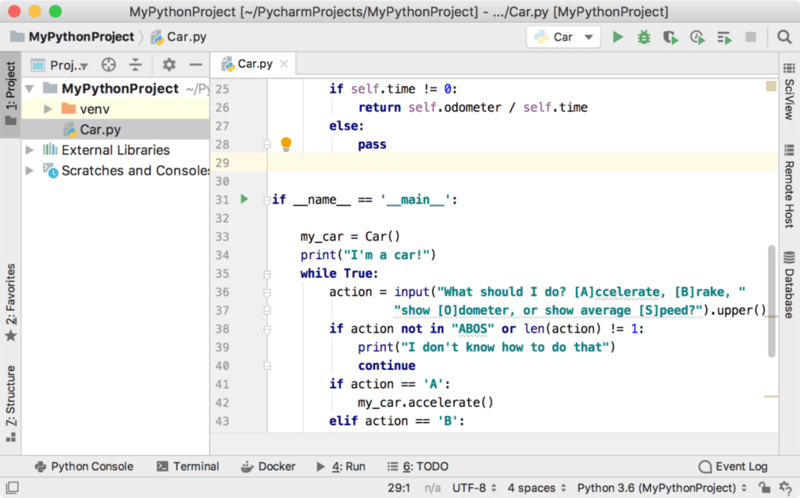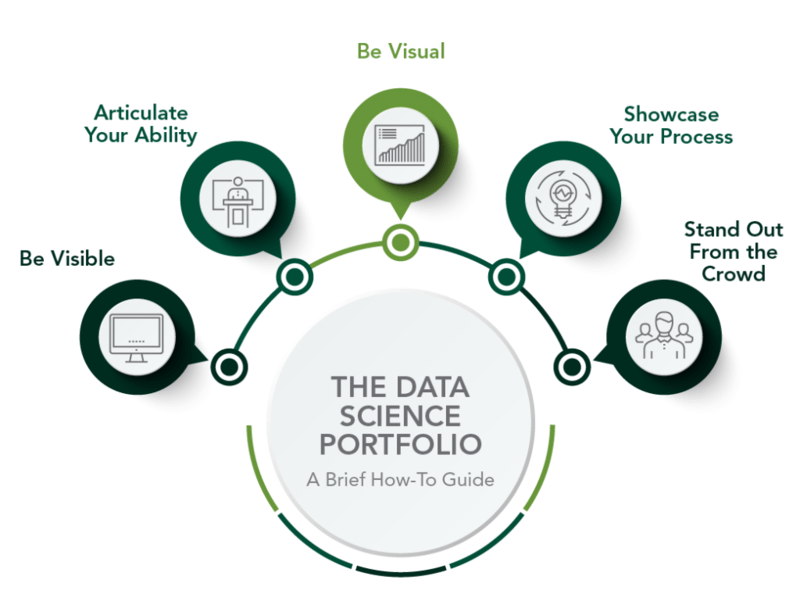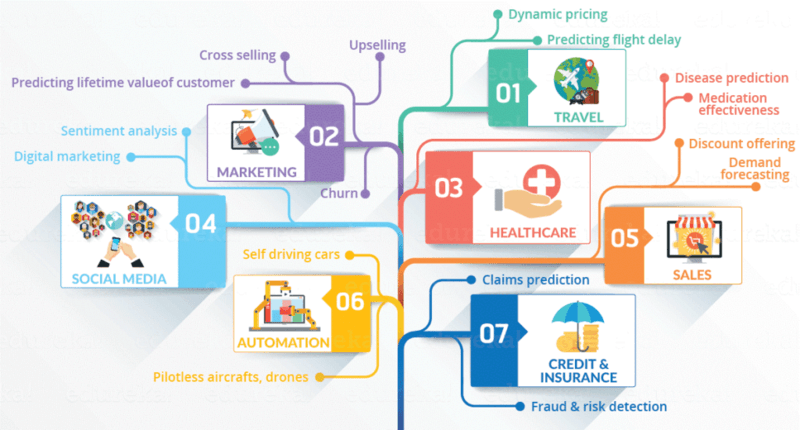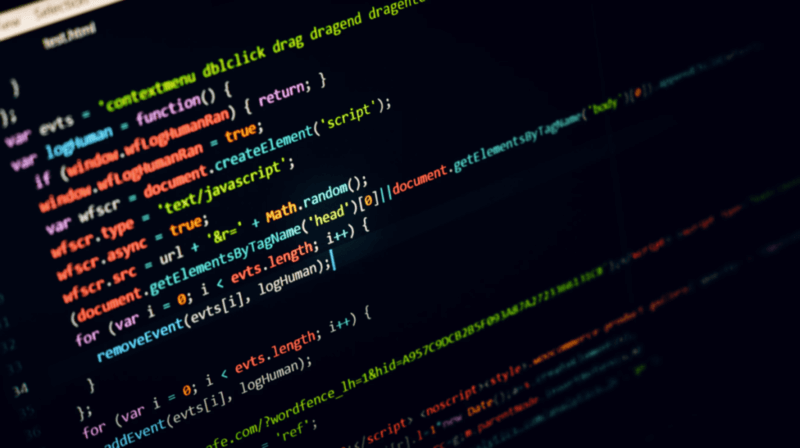Let us first discuss why you need Python for data science before we start exploring how it can be done. In the career of a data scientist, learning Python is one of the most valuable skills. In 2016, it became the most used language for professionals in Analytics. This trend is expected to continue even more. Although your journey of learning Python is just beginning, it must be encouraging to know that there are a lot of employment opportunities in this field.
The future of data science is bright as ever and by learning python and its programming fundamentals, this future can be made attainable. In this article, we are going to show you how you can get started in a few simple steps. However simple the steps might be, if you want to bring your career to the next level you have to put in the hard work and dedication.
Learning Python For Data Science:
- Learning the fundamentals:
The journey of every data scientist starts from somewhere. The first step that you should take is the programming basics of Python as well as data science. There are a few important tools that will help you with your journey in data science. Jupyter notebook is one of them. It comes with prepackaged Python libraries that will help you understand data science better. Another thing you can do to get a head start in your career in data science is joining a community. By doing so you will be putting yourself around like-minded people. This will not only help you understand data science better but also increase your employment opportunities.
2. Making Simple Python Projects:
The best way to learn is to learn hands-on. As soon as you learn the basics of python, you will be more or less ready to start building small projects on python. The following are a few data science projects that you can try building with Python:
- Tracking your online spending habits.
- Analyze any survey data.

However, this is just the beginning. There are various things that you can try to code such as online game calculators or even any weather fetching program for your city. The best way to familiarise yourself with Python is by building simple games and applications. Beyond this, you can also start learning web scraping which will be very helpful for you in your data science career. Reading is a good way to enhance your Python programming. Blog posts, guide books, and working on different open source codes are great ways to learn Python and data science.
3. Python Libraries for Data Science:
Python has an edge over other programming languages because of its libraries. For data science, you will find the libraries NumPy, Pandas, and Matplotlib to be most useful.

- NumPy: If you want to perform various statistical and mathematical operations easily then NumPy is the solution that you need. Numpy also acts as the basis of many features of other libraries such as the Pandas library.
- Pandas: This library is specially created for facilitating the working with data. If you are setting out to be a data scientist, this library will be an essential tool for you.
- Matplotlib: This library makes it very easy to visualize your data and can help you generate different kinds of graphs and charts out of your data.
4. Building a Data Science Portfolio:
If your Aspiring to become a data scientist, building a portfolio is very essential in your career. Your portfolio should include your projects in which you have worked with different data sets. It should be able to impress the readers with the insights that you have gained. A few example projects that you can consider for adding to your portfolio are:

- Machine Learning Projects: For Aspiring data scientists, it is important to have a few machine learning projects in their portfolio that show off your expertise with machine learning. You can include projects that focus on different popular machine learning algorithms.
- Data Visualization Projects: It is a challenge to create attractive and easy-to-read visualizations in your project. But if you can do it, your project would be more impactful to the viewers. It will also make your portfolio stand out from the rest of your peers.
- Data Cleaning Projects: If you can make projects that clean up structured or dirty data into structured data, it would be a great addition to your portfolio. Data science deals with real-world problems and most of the time the real-world data is unstructured. So, these kinds of projects will help you impress potential employers.
5. Applying Advanced Data Science Techniques:
This step is for sharpening your skills as a data scientist. The journey of a data scientist is that of constant learning. By this time, you must be comfortable with models such as regression, classification, and k-mean clustering. The projects you would be building now should include a live data feed and your model should adjust the predictions over time. Being a field of constant growth that covers various industries, the demand is ever increasing. With increasing demand, there are also numerous learning opportunities. As a data scientist, you should always continue to read, practice, and collaborate with others to make sure that your interest is maintained. This will also help you gain a competitive edge over the others.

We hope that this article was helpful towards your journey of being a data scientist which Python as your base.
